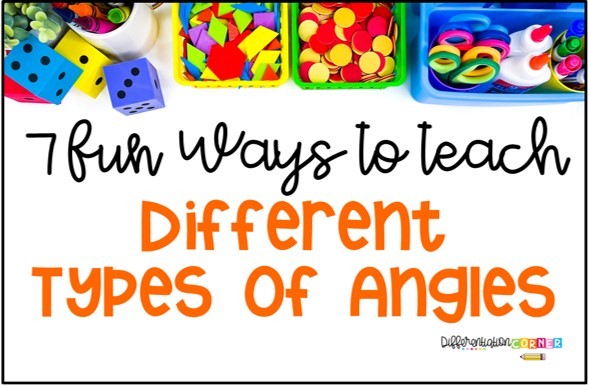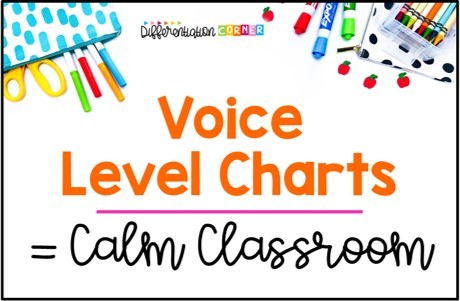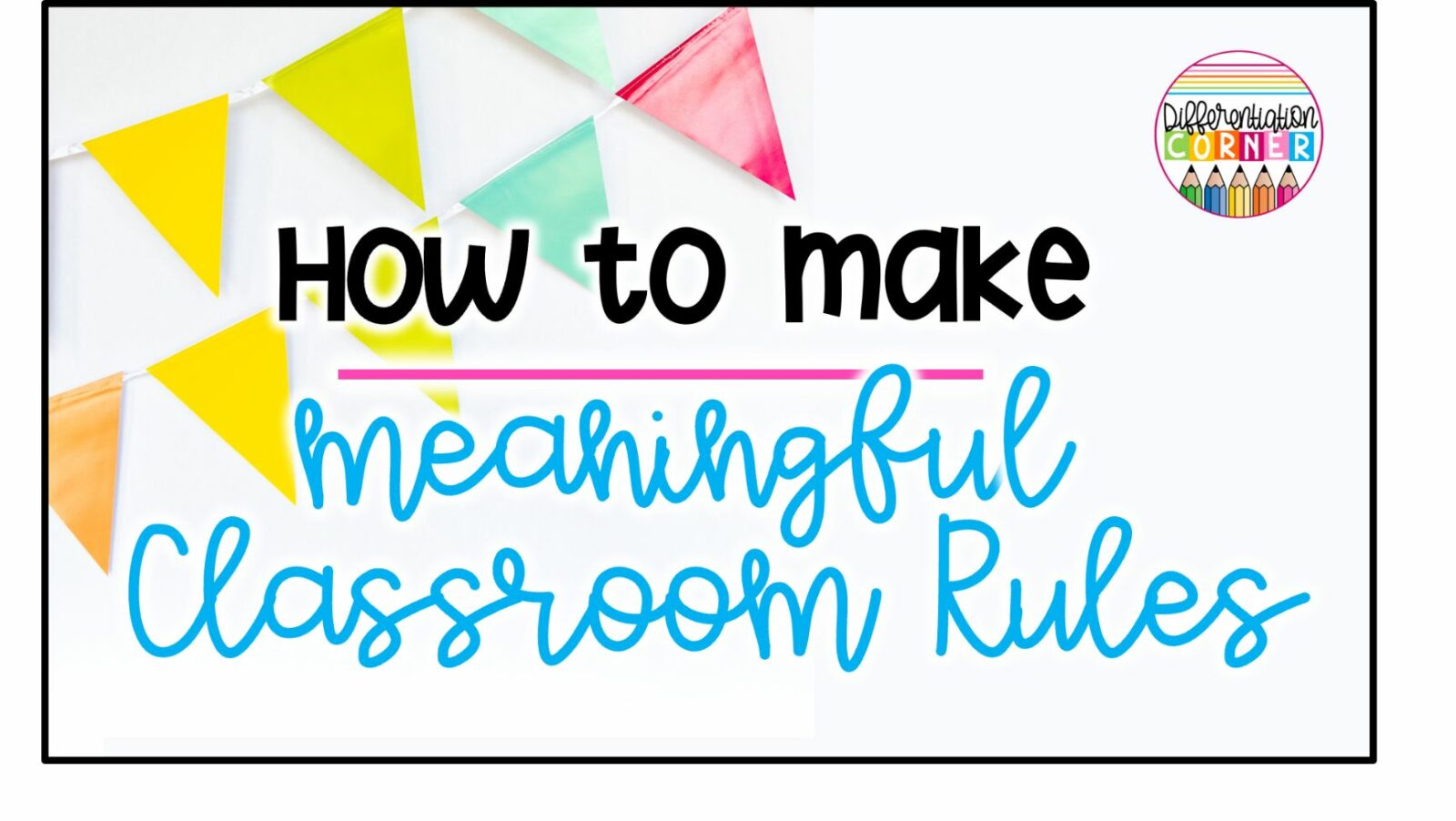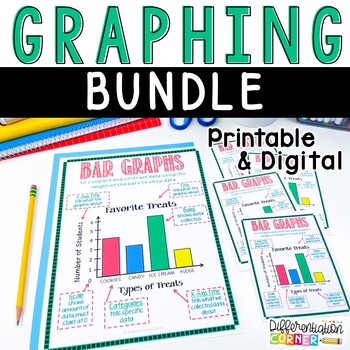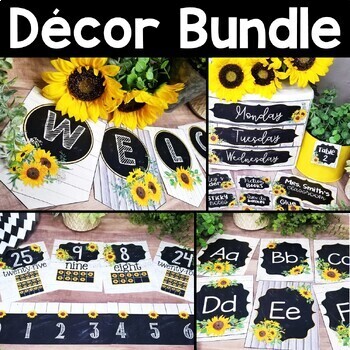Teaching the different types of angles in upper elementary shouldn’t feel like herding cats: confusing and chaotic. Let’s be real, telling kids that an acute angle is “less than 90 degrees” is just about as exciting as reading the dictionary. Let’s try to make teaching the different type of angles in geometry more engaging instead. Here are 10 fun ways to help your students identify all types of angles!
1. Create an Anchor Chart That Doesn’t Collect Dust
Nothing beats a good anchor chart. Its a classroom staple that can sometimes just end up as wall art. Instead of a one and done anchor chart, build it together with your students. Start with a large piece of chart paper, divide it into 4 sections and draw the different types of angles: acute, obtuse, right, and straight. Make sure to use a straight edge, label the angle, and then write a definition for each.
Here’s how you can make it interactive:
Have students draw and label each type of angle on sticky notes and label them. Then they can stick them to the corresponding section.
Students can use their individual whiteboards to draw each type of label as you discuss them.
Look around and have fun identifying angles with real world examples in the classroom.
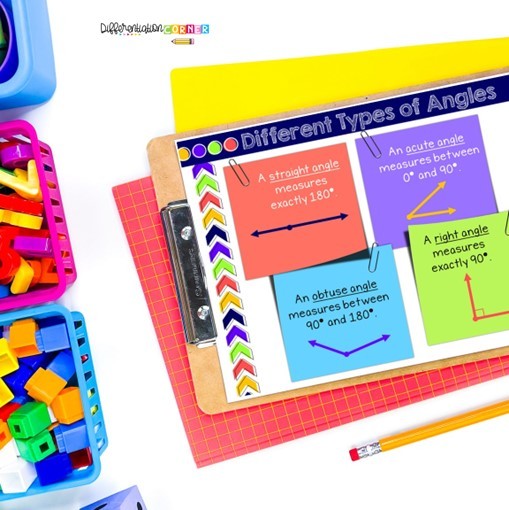
2. Use Your Arms (Because Kids Will Anyway)
Ever noticed how kids use their hands and arms to describe things? Lean into it! Shout “acute” and watch them maneuver their arms like a T-rex. Call out “obtuse,” “right,” or “straight.” It’s a low prep and highly engaging activity to reinforce the terms for the different types of angles and get a few class giggles.
Plus, this activity can be as short or as long as you need it to be. Waiting in line? Have your students make big arm angles while you wait!
3. Angle Hunts Because Geometry is Everywhere
Turn them into little math detectives and turn them loose in the classroom (or the school if you’re feeling brave!) Have them snap pictures with the iPad or sketch them in their notebook. Doors, books, and even desk corners are fair game. The best part? They start seeing angles everywhere—like a secret math club they never asked to join.
You can do this activity anywhere! Waiting for the PE teacher to come to the gym for specials? Play this angles hunt game. Who sees a right angle?
4. Google Drive Interactive Activities Because We Love Low Prep Tech
Sometimes we just need something digital and easy. Google Slides can be super helpful and engaging when teaching students about identifying angles. This done for you Google Slides set comes with a digital anchor chart so that you can easily project on your whiteboard for whole group teaching different types of angles, print it out for display or math notebooks, or for students to refer to when completing the interactive slides. The practice slides can be done in whole group, in math centers, homework, or individual practice.
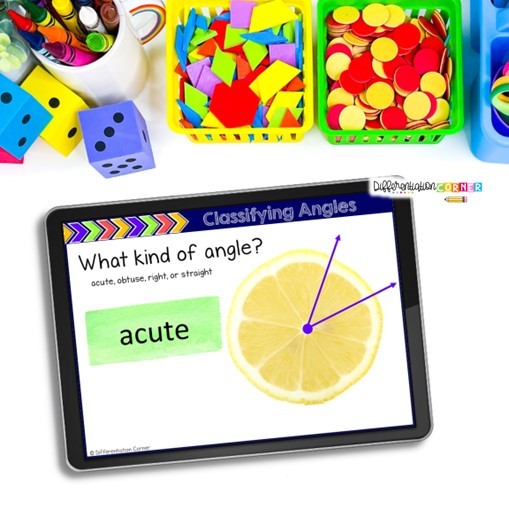
5. Build Different Types of Angles with Shaving Cream, Playdoh, and Pipe Cleaners
Sometimes you just need to let kids build different types of angles in the most hands-on (slightly chaotic) way. Break out the playdoh, roll out two snakes, and create position them into angles.
Need to clean the desk tops? Spray some shaving cream on the desks, have students spread it out into a little workspace, and start drawing angles with their fingers. With shaving cream, you’ve got to lay out some ground rules. I always tell students to make good choices or they have to be done. Then follow through. It usually just takes one time for them to know you’re serious.
Want something less messy? (Yes, please!) Pipe cleaners are another fantastic way for students to create the different types of angles without all the hassle.
6. Play Angle Simon Says
Turn the classic game of Simon Says into a fun way to teach students about different types of angles in geometry. Have your students use their arms, index cards with angles, or angle names. Call out different types of angles and have them create or hold up the right one. The best part? They’re learning and practicing, moving and having fun all in one activity.

7. Real World Angles
Kids want to know why they should care about angles. Show them real world examples like architecture, roller coasters, and bridges. Have them measure angles in famous landmarks and everyday objects. When they realize angles are everywhere and can help us build everything from their favorite slide to comfy sneakers, they might just stop asking, “But… When will I ever use this?”
Teaching different types of angles doesn’t have to be painful for you or your students. Making it interactive, hands on and even a little competitive can help students understanding and remembering angles long after the lesson is over. The more hands on, visual and movement based the learning, the better it will stick! Plus, when kids are engaged, you get fewer blank stares and more “aha” moments. And that’s the dream! So by incorporating some of these ideas when teaching different types of angles, you’re making geometry meaningful and memorable.
Read about how I run math centers in my classroom.
Check out these 17 ways you can use math task cards!







